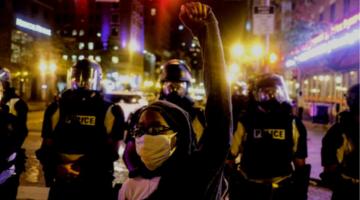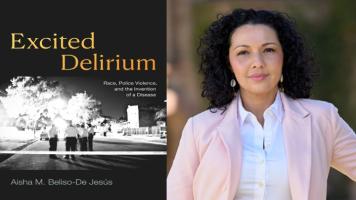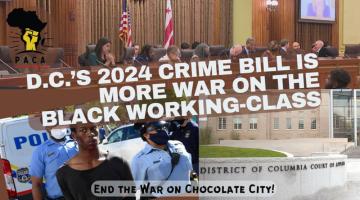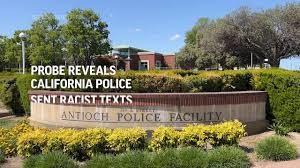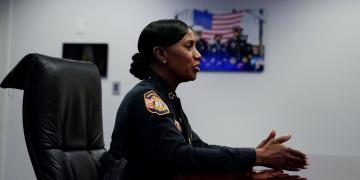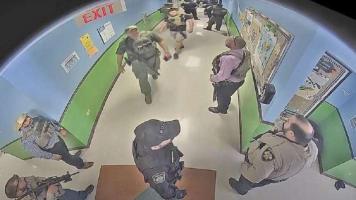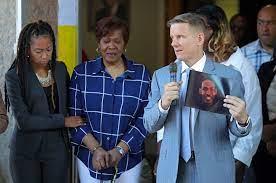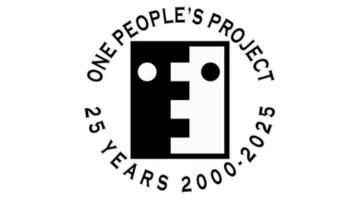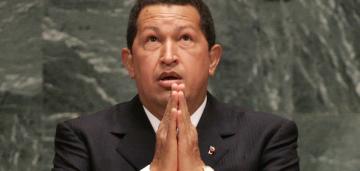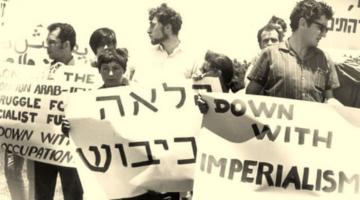Plainclothes police officers are waging war on citizens.
“They often planted guns and resold narcotics.”
There have been 11 homicides in Baltimore since the start of May, pushing the number of homicides in 2019 past 100.
The hardscrabble, postindustrial city of 611,000 people reached this grim milestone at almost the same time as New York City, which is home to more than eight million people.
Baltimore has been mired in a murder crisis since 2015. But several brazen shootings this spring have heightened the sense of urgency and outrage. At the end of April, seemingly indiscriminate fire interrupted a Sunday afternoon cookout, killing one person and wounding eight others. In early May, two toddlers were shot.
Michael Harrison, the city’s new police commissioner, assured that he had strategically deployed his officers to stop the violence. Officers were in the “right places,” he told a reporter, and were being “extremely aggressive” while looking for shooters and anyone else illegally in possession of a gun.
Mr. Harrison has adopted the same violence-reduction strategy as his predecessors — there have been five police commissioners since 2015: post police in the same neighborhoods that have been segregated and gutted by a century of racist redlining to target “bad guys with guns.”
This seems like a more reasonable solution to crime than the lock-up-any-black-person strategy that characterized the drug war. Mayor Martin O’Malley’s zero-tolerance policies from 1999 to 2006 were among the most audacious experiments in mass incarceration in American history, leading to more than 100,000 arrests in a single year. Now, many of the same people are waging a more targeted war on guns.
“A war on its own citizens.”
We spent the last two years reporting a book on the Baltimore Police Department’s Gun Trace Task Force, a once-celebrated police squad whose members were ultimately indicted on federal racketeering charges in 2017. We learned that a war on guns in Baltimore looks a lot like the war on drugs: It is a city waging war on its own citizens.
And it doesn’t work.
The war on guns, like the war on drugs, is primarily waged on poor people by small operations units that drive around in unmarked cars looking for trouble. They’re called jump-out boys or knockers, and they do not respond to citizen calls. Instead, they take away resources and credibility from the patrol officers who do. They do not solve homicides, and they often damage community trust, hampering the efforts of those who do solve homicides.
In 2016, when the task force was most active, the Police Department solved only 38 percent of the 318 homicides. In 2018, in what was deemed a big improvement, detectives came closer to solving 50 percent of the cases. When people know that there’s only a 50/50 chance of finding a killer, retaliation becomes a coin toss. Murder is answered by murder, because the law has no real authority.
Like any counterinsurgency, units like the task force don’t recognize civilians. Everyone is a potential combatant. They are the reason residents have said they feel both “overpoliced and underserved” by the police. When residents call for help, no one comes. When residents try to walk to the store or the bus stop, they are as afraid of the police as they are of criminals.
“They do not solve homicides, and they often damage community trust.”
The best evidence for specialized enforcement units like the task force is a decade old. When Sheila Dixon succeeded Martin O’Malley as mayor in 2007, she wanted both fewer murders and fewer arrests. She was briefly successful, bringing the murder rate below 300 and slowing the staggering rate of arrests with a mix of targeted enforcement and Compstat-style statistics, a crime-reduction management toolpioneered in New York City in the 1990s. (The homicide rate peaked in 2015 and 2017, two years with more than 340 killings.)
But even then, the numbers are unreliable because future task force members were already committing crimes. In 2010, their actions resulted in one man’s death. And as Mayor Dixon resigned from office after being convicted in a corruption trial that same year, things continued as normal. Commanders wanted the statistics to show the "good guys" were winning, no matter how bad the crime looked.
In 2015, when the city erupted after the death of Freddie Gray, much of the anger was directed toward the plainclothes squads that routinely brutalized black citizens. The Justice Department’s 2016 report on the Police Department showed that policing, as carried out by these units, was often unconstitutional and racist.
Meanwhile, in the city’s predominantly white neighborhoods, hard-charging “proactive” squads are generally absent and officers actually respond to service calls. The police say they follow crime and the reason they don’t have gun units in white neighborhoods is because there are no guns in white neighborhoods.
Perhaps the reverse is true. There are no guns in those neighborhoods because the city is not waging war on them.
“Plainclothes squads routinely brutalized black citizens.”
Right-wing fears about people kicking in the doors of wealthy white gun owners to take away their arms might seem laughable. But that is precisely the kind of thing the task force was doing to the mostly black citizens of Baltimore. And when progressives call for gun control in a city where many of the guns are already illegal, they are calling either for tougher penalties or for more squads like the task force.
Sgt. Wayne Jenkins, who led the task force, and his squad “got guns off the street.” They were making from 20 to 50 unconstitutional stops per night. So pressured to show high numbers of guns, they often planted guns if they didn’t find any, we discovered over the course of dozens of interviews with arrestees. And because there was less pressure to bring in drugs, if Sergeant Jenkins found narcotics, he kept and resold them, creating further chaos on the streets.
“Ten and a half months into the year and Sergeant Jenkins and his team have 110 arrests for handgun violations and seized 132 illegal handguns,” a Police Department newsletter boasted in October 2016. “Their relentless pursuit to make our streets safer by removing guns and arresting the right people for the right reasons has made our city safer.”
According to body camera footage, federal testimony and text messages, the day before that newsletter went out, the unit stole 400 grams of cocaine and enlisted another officer to sell it. And after Mr. Jenkins was arrested, virtually all of those 110 cases were vacated. And yet, as has become a reflex for Baltimore police commissioners in times of crisis, Mr. Harrison is taking the same path that allowed Sergeant Jenkins to thrive.
“They were making from 20 to 50 unconstitutional stops per night.”
“We’ve recovered 11 guns in 11 arrests over the weekend, over the past 48 hours,” Mr. Harrison said amid the recent shootings. “So we are going after those people who are illegally carrying guns; we are arresting them.”
In 2018, a judge sentenced Mr. Jenkins to 25 years in prison, for racketeering, robbery and falsifying records, among other crimes.
As the killing continues and the crime keeps increasing, we are too afraid to ask if these tactics actually work. We ask instead if the police need more money. As the budgets of other city services are slashed, the police budget grows. This year’s proposed $530 million for policing (in a city budget of $2.9 billion) is a $20 million increase over 2018.
And yet, every year, the results are declared unacceptable. But rather than call the strategy a failure, we are asked, as in the rhetoric surrounding the war on terrorism, to consider counterfactuals: Imagine how bad it would be if these rough men weren’t out there to protect us.
We have been stuck in this war for so long that we don’t know what Baltimore would look like if the war units weren’t out there. We can’t imagine a city where we spent our money on hiring more teachers or creating more afterschool programs or increasing wages — things that address the root causes of violence instead of waging war on our own citizens.
We can’t imagine it, because we’ve never tried it.
Baynard Woods and Brandon Soderberg, reporters in Baltimore, are writing a book on the crimes of the Gun Trace Task Force.
Comments?
Please join the conversation on Black Agenda Report's Facebook page at http://facebook.com/blackagendareport
Or, you can comment by emailing us at coments@blackagendareport.com

